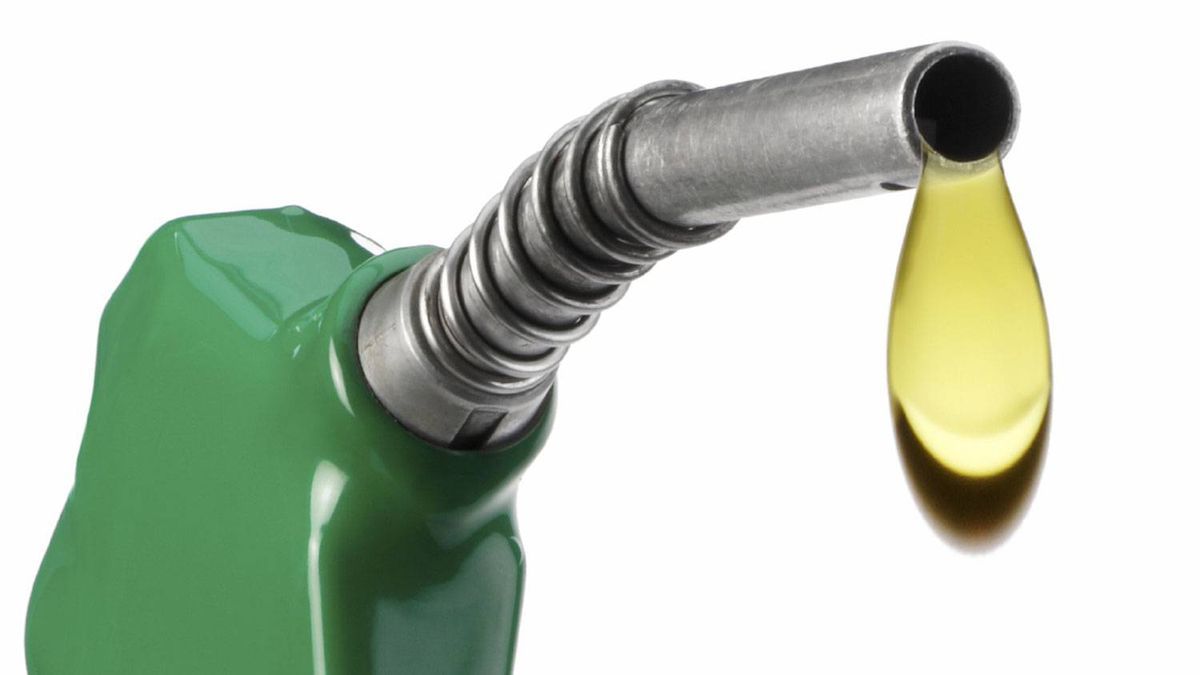5 Ways how the Weather Affects Your Fuel Economy
If you live somewhere that experiences all four seasons, you may have noticed changes to your fuel economy throughout the year. Maybe you can drive further and fill up less frequently during the warmer months. Meanwhile, the icy chill of winter signals more fill-ups and lower fuel economy.
While your driving style and vehicle play a pivotal role in mileage and efficiency, the weather can also affect your car’s fuel economy. Here’s a closer look at this fuel phenomenon.
1. Seasonal Gasoline Blends
April to June is a transitional season for fuel production. During this time, refineries switch from winter-blend to summer-blend production. Typically, winter-blend gasoline has a higher Reid vapor pressure, meaning it evaporates more quickly and allows cars to start in cold weather. While this type of gas can help your engine during cold blasts, it also has slightly less energy per gallon.

Meanwhile, summer-blend fuel contains nearly 2% more energy than winter-blend. Of course, the price per gallon will be higher. However, better gas mileage should offset the extra cost at the pump. Regardless of what time of year it is, the best way to improve fuel economy is to employ safe driving habits and drive a vehicle that gets excellent gas mileage.
2. Engine Performance
As you may already know, your engine uses air and gas to generate energy. However, the engine only uses oxygen during combustion. These oxygen molecules expand in warm weather, making the air inside your engine less dense. Your vehicle then compensates for these lower oxygen levels by using less fuel, which is ideal for fuel economy.
In winter, however, the air becomes denser, forcing the engine to use more fuel. Consequently, your fuel economy will suffer. Of course, there isn’t much you can do about the chilly winter temperatures. However, you can minimize fuel costs by combining trips and parking your car in a warm place like a garage.
3. Fluid Friction
Fuel economy can drop 15% when temperatures dip below 20 degrees Fahrenheit. One of the main reasons for this massive decline is increased friction within the engine and transmission. When oil and other fluids become colder, they slow the engine’s operations. Consequently, it will take longer to reach an ideal working temperature. Meanwhile, warm temperatures minimize friction and allow for better fuel economy.
Combat winter friction by lubricating and protecting metal parts. Use an additive to clean and control deposits on fuel injectors, carburetors, intake valves, combustion chambers and other internal components. You might even use a winter anti-gel solution in your diesel engine to prevent your fuel from gelling up and ruining your fuel economy.

4. Tire Pressure
Cold air can affect your tires the same way it impacts your engine. Freezing temperatures cause the air inside your tires to contract, which can lower your tire pressure below the optimal level and result in more drag. Ultimately, this increase in resistance can take a toll on your fuel economy. However, during the warmer months, higher pressure inside your tires can improve rolling resistance and fuel economy.
To keep your tires fully inflated throughout the year, keep a close eye on their pressure. You can improve your gas mileage up to 3% and prolong your tires’ lifespan by keeping them at the correct level. Use a gauge to check your tire pressure and refer to the owner’s manual to determine the optimal PSI.
5. Air Conditioner and Heaters
As debilitating as cold weather can be, warm weather can also take a toll on your vehicle. During the summer, running the air conditioning is the main contributor to reduced fuel economy. In summer’s hot, humid conditions, AC can lower your vehicle’s fuel economy by up to 20% due to increased engine load. If you drive a hybrid or fully electric car, this percentage can be even higher.
Running the heat might not make as much of an impact as running the AC. However, it can still reduce fuel economy. Heated seats, window defrosters and heater fans all use power, which they get from fuel. Thus, excessively running your heat can cost you a few extra cents in fuel and require you to fill up more frequently.

Getting Better Fuel Economy All Year Long
As temperatures fluctuate and the weather changes, pay close attention to your vehicle and how it responds to your surroundings. If you notice a decrease in fuel economy, you can easily take steps to improve it and keep your car running smoothly. However, taking preventive measures is ultimately the best way to save money at the pump.
Maintain your vehicle throughout the year by getting regular oil changes, alignment checks and tire rotations. Listen for strange noises under your hood, and take your car to the mechanic at the first sign of trouble. Doing so will stretch your gas tank further and prevent expensive repairs in the future. For even more Fuel Economy tips read our other article or run a quality, dyno tested fuel additive.
About the Author
Tech Guy
Automotive enthusiast, passionate about Jeeps, hot-rods, turbos, performance, efficiency, diesels, fuels, high performance oils, additives and anything with an engine.

